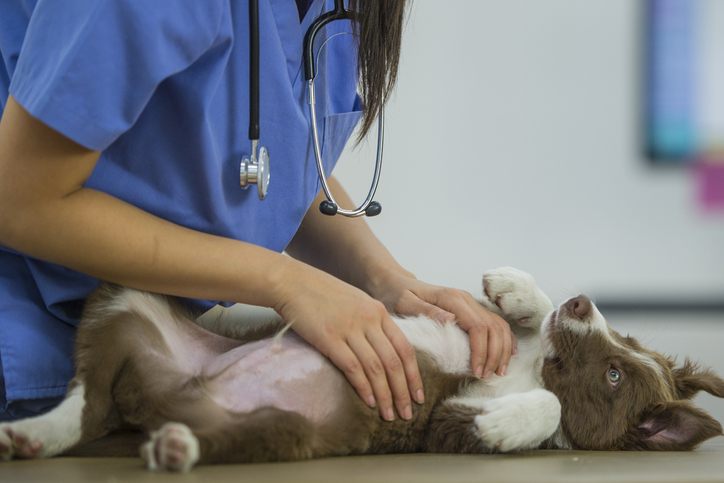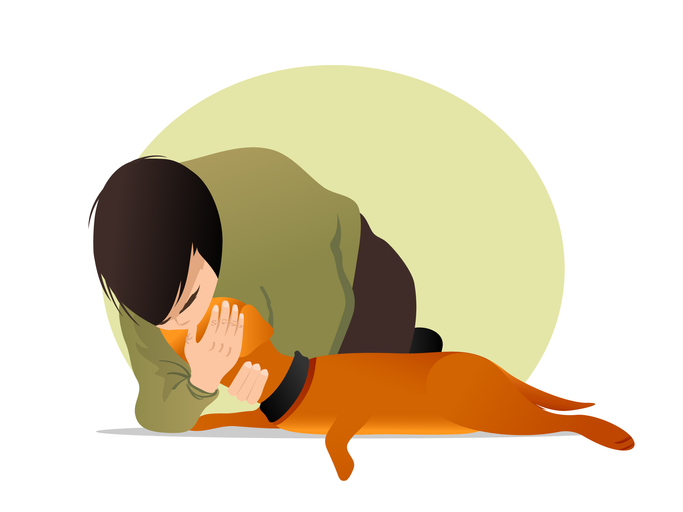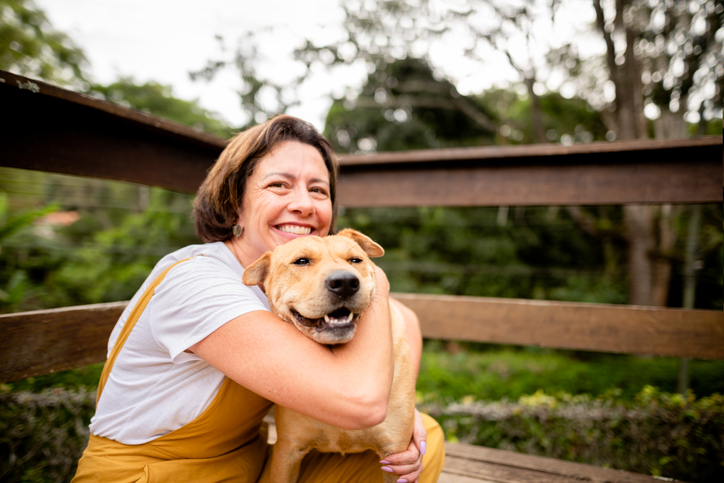First Aid For Dogs Part 2: Performing CPR

By Kelley Kombrinck

Welcome back to our three-part series on first aid for dogs and how (and just as importantly, when) to use it. In our first post we discussed some different scenarios where it may be necessary to provide emergency assistance for your beloved four-legged family member. In this installment, we will discuss performing CPR on your dog, how to know when it is necessary, and how to do it.
What is CPR? The American Heart Association says, “CPR – or Cardiopulmonary Resuscitation – is an emergency lifesaving procedure performed when the heart stops beating. Immediate CPR can double or triple chances of survival after cardiac arrest.” (check HERE for more info on human CPR.)
We’ve all seen it on TV, movies, or even in real life; someone receiving mouth-to-mouth resuscitation or chest compression to keep them going till they can be stabilized. Dog CPR is not dissimilar. It uses artificial respiration and chest compression to try and revive a dog whose heart has stopped, or who has stopped breathing. When the heartbeat or respiration stops, oxygen levels in the blood decrease quickly and quick, decisive action could save your dog’s life.
As always, of course, the best-case scenario in an emergency, is to be able to get your dog immediate professional, medical assistance. Sometimes, however, that is not easily accessible. If you find yourself in a situation where help is not close by, here are some steps you can take to potentially help your fur-friend hold on until help is available.
Assess Your Dog’s Situation:
If possible, before you do anything, call the veterinarian or animal hospital and alert them that you have an emergency and will need help.

checking to see if your dog is responsive, try to remember, A-B-C, which stands for “Airway, Breathing, Cardiac.”
- First, check your dog’s airway by opening its mouth and making sure there is nothing obstructing the throat. If something is blocking the airway it can make it difficult or impossible for your dog to breathe and may complicate further CPR efforts. Remove anything that is blocking the airway.
- Next, ascertain whether your dog is breathing. This can be done by watching for the rise and fall of their chest, or by putting the back of your hand, or your cheek, close to its nostrils to feel the exhalation. If your dog is breathing, and there is nothing blocking the airway, you can stop CPR. However, if you are unable to identify respiration you will want to continue to the third step.
- Look for a heartbeat. To do this, put your dog onto their right side and push their front elbow to the chest. This area, where the elbow touches the chest, is referred to as the “intercostal space,” and is the approximate location of your dog’s heart. If the heart is beating, you should see some movement. If you don’t see any movement, press your hand or fingers gently against that spot to see if you can feel a heartbeat.
If you find, after going through the A-B-C assessment that your dog is not breathing, or does not appear to have a heartbeat, you should begin CPR.

Performing CPR
- The first step is to get your dog ready to receive artificial respiration. On the floor or a table, line your dog’s head up with their back, and tilt back a bit further. This opens up the airway.
- Once open, you will put your mouth over the airway. If your dog is small, meaning under 30 lbs. (13.6 kg), place your mouth over both the nose and the mouth. If your dog is any larger than this, only cover their nose with your mouth. For the larger dogs, you also want to try and hold their mouth and jaw shut to prevent air from escaping when you begin respiration.
- Blow air in through your dog’s nose (or nose and mouth) enough so that you can see the chest rise, then take your mouth away so the air can escape back out. You want to try and do 20 to 30 of these breaths per minute.
- Now you should begin chest compression. Place your hand over the heart, in the spot we discussed earlier, the intercostal space. Press down firmly so that your dog’s chest depresses to about 1/3 to 1/2 it’s normal depth. Try to do 10 to 12 compressions every 5 seconds, then doing 1 breath. This would mean, one breath—compress the chest 10-12 times to the count of five, then another breath, until you’ve done 20-30 breaths in a minute. This is a lot of intense compression and can be tiring. If possible, it is ideal to have someone else with you that can switch off with you every 2 minutes or so. You should also be checking every 2 minutes to see if your dog has begun breathing again. If respiration begins again on its own, you can stop CPR. If not, continue performing the CPR until you are able to get medical assistance.
Hopefully there will never be a need for you to have to take these steps for your sweet little fur-friend, but knowing how to perform CPR on your dog could possibly make the difference in helping them hold on till help arrives in the case of an emergency.
Check back here at the blog next month, in our 3rd and final installment of our First Aid for Dogs series, we will talk about what to do if your dog is choking, and some items you should have around the house to help care for your dog in an emergency.
For more first aid for dogs, you can read part 1 of this 3 part series HERE where we cover the basics of first aid for dogs. And for even more dog safety tips that could maybe help prevent some of these emergency situations, go back and see our blog on the foods dogs can’t eat, HERE.

 Pet Stop
Pet Stop Get a Free Quote
Connect with Your Local Pet Safety Experts at Pet Stop. Visit, call, or
chat with us – we’re here to help you create the ultimate safe haven for your pet.
Get a Free quote
Name *
Zip code where new fence is required *
What breed is your dog?
Preferred contact method *
Phone Number to Call/Text *
Address *
Stay Connected, Stay in Control
Brief introduction to the OT-300, highlighting remote control, real-time notifications, and easy setup through the Pet Stop Link App.
Download the App